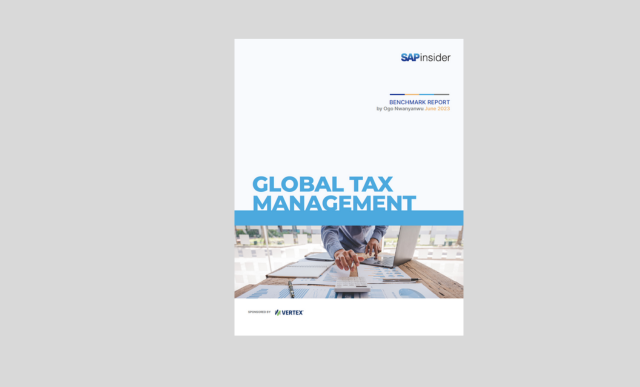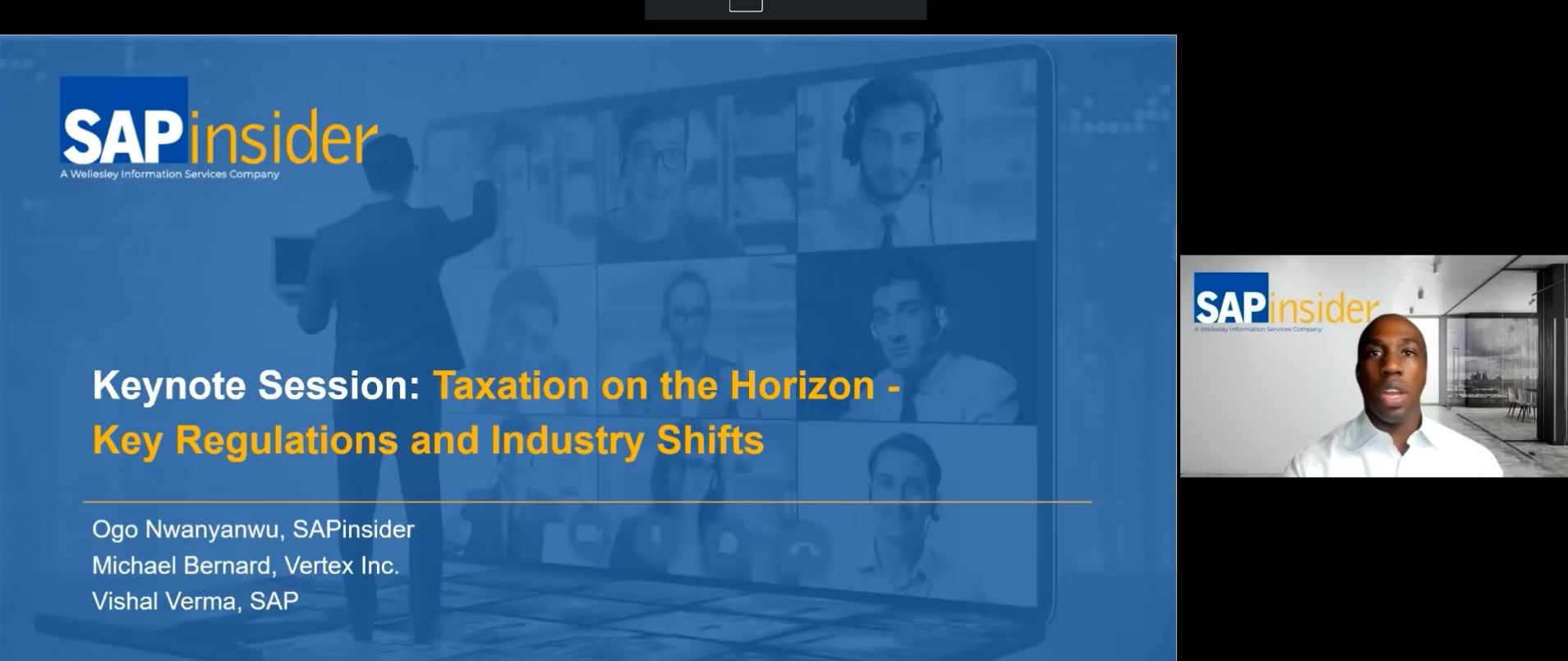Breaking Barriers and Redefining Global Taxation with SAP Profitability and Performance Management
In today’s rapidly evolving digital landscape, the global economy is undergoing a profound transformation. As businesses become increasingly digital, the intricacies of the tax environment are also intensifying, presenting new challenges for organizations worldwide. In this complex era, it’s imperative for businesses to navigate the intricacies of taxation seamlessly and efficiently. Is your organization prepared to face the challenges posed by the evolving tax landscape? Enter SAP Profitability and Performance Management (SAP PaPM) – your solution to streamline tax compliance and elevate your business performance in the realm of BEPS 2.0.
Business Challenges: Navigating the Global Tax Transformation
The journey to adapt to the global minimum tax rules, as defined by the OECD’s BEPS 2.0 guidelines, is rife with challenges. Are you equipped to address them?
1. Determining Inclusion: Is your organization within the scope of the global minimum tax rules? The guidelines set by the OECD demand a comprehensive assessment of your organization’s position.
2. Cash Flow Impact: What could be the potential impact on cash flow and Effective Tax Rate (ETR)? The calculations under the GloBE framework necessitate careful consideration of these financial implications.
3. Revamping Tax Incentives: How will existing tax incentives be affected by the new rules? An in-depth tax analysis is essential to understand the potential alterations to your organization’s tax incentives.
4. Data Dilemma: Do you have access to the required data for compliance? Sourcing and availing the necessary data from various systems is a crucial step towards compliance.
5. Managing Tax Impact: Can your organization effectively manage the tax impact? A comprehensive tax analysis is pivotal to ensure your business remains compliant and optimized.
6. Timeline Awareness: When will these global minimum tax rules take effect for your organization? Understanding the BEPS 2.0 timeline is key to planning and implementation.
Your Benefits: Navigating Complexity with SAP PaPM
SAP Profitability and Performance Management emerges as a beacon of clarity amid the complexities of the global tax landscape. Here’s how SAP PaPM can transform your approach to taxation and business performance:
1. Flexible Data Processing: With SAP PaPM, processing extensive volumes of data in real-time becomes a breeze, eliminating the need for replication. This empowers you to perform calculations, allocations, and checks swiftly and seamlessly.
2. Process and Data Management: SAP PaPM streamlines process and data management, encompassing consolidation, planning, and even Country-by-Country Reporting (CbCR) data.
3. Accurate Calculations: The platform excels in carrying out various calculation operations, including income tax, effective tax rate, and additional tax calculations. Ensuring precision and compliance in your tax calculations is effortlessly achievable.
Delve Deeper: Seamless Integration with SAP PaPM
Stay tuned for the next blog, where we will delve deeper into how SAP PaPM seamlessly integrates with tax reporting systems, empowers informed decision-making through scenario calculations, and serves as the ultimate answer to unprecedented challenges in the modern tax landscape.





